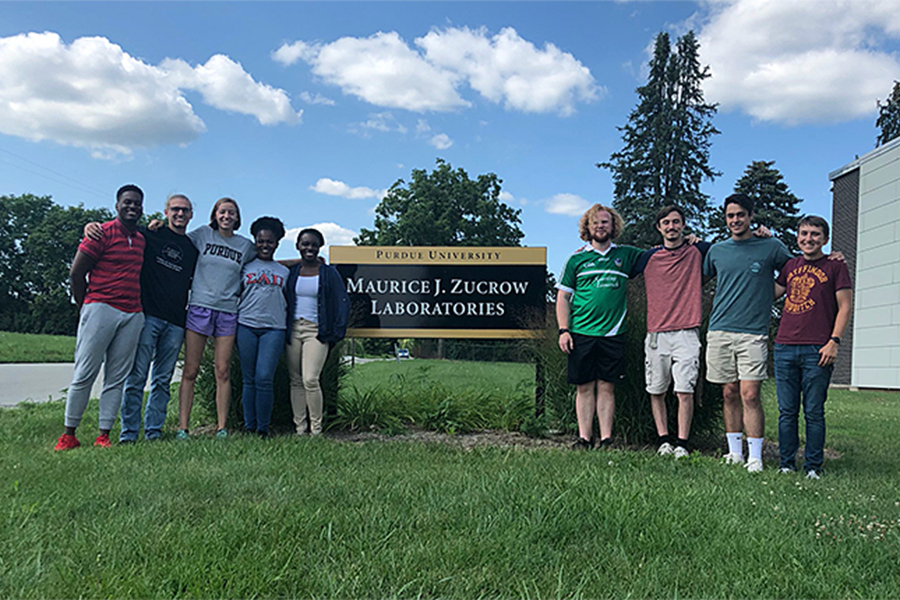AAE finalizing partnership on "3+2" program with Morgan State University

Purdue University will lend its expertise to Morgan State University as it launches its own liquid-fueled rocketry lab and training program, a first among Historically Black Colleges and Universities.
As part of a partnership, Morgan State engineering students can earn a degree from the School of Aeronautics and Astronautics at Purdue. Students studying civil engineering or engineering physics will complete three years at Morgan, earning enough credits for a bachelor's degree, before moving to West Lafayette, where they can earn a BS in aeronautical and astronautical engineering. It's called a "3+2" program. Morgan State's Board of Regents approved the program in principle during its fall quarterly meeting. The two universities will work to finalize and get final approvals on the plan.
“One area that we have not done well enough in is the successful recruitment and preparation of enough students and young people of color, first-generation students and low-income students,” said Purdue President Mitch Daniels. “We’re working very hard on this. We started the Purdue Polytechnic High Schools to increase our numbers of minority and low-income students who will pursue STEM careers. We have to be much better in this area, and the program with Morgan State fits directly into this ambition.”
The partnership in aerospace education was sparked by a Morgan State team winning a $1.6 million grant from Base 11 to build a rocketry program. The California-based Base 11 is dedicated to underrepresented minority education, particularly in STEM fields. Purdue has a team competing in the Base 11 Space Challenge, a competition for student-led university teams to design, build and launch a liquid-propelled, single-stage rocket to an altitude of 100 kilometers.
Source: Purdue University News Service
